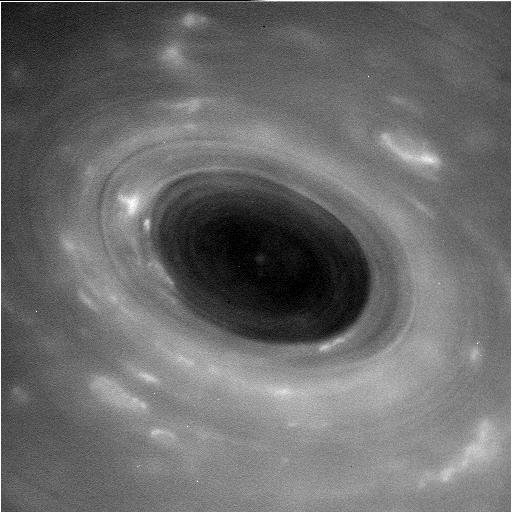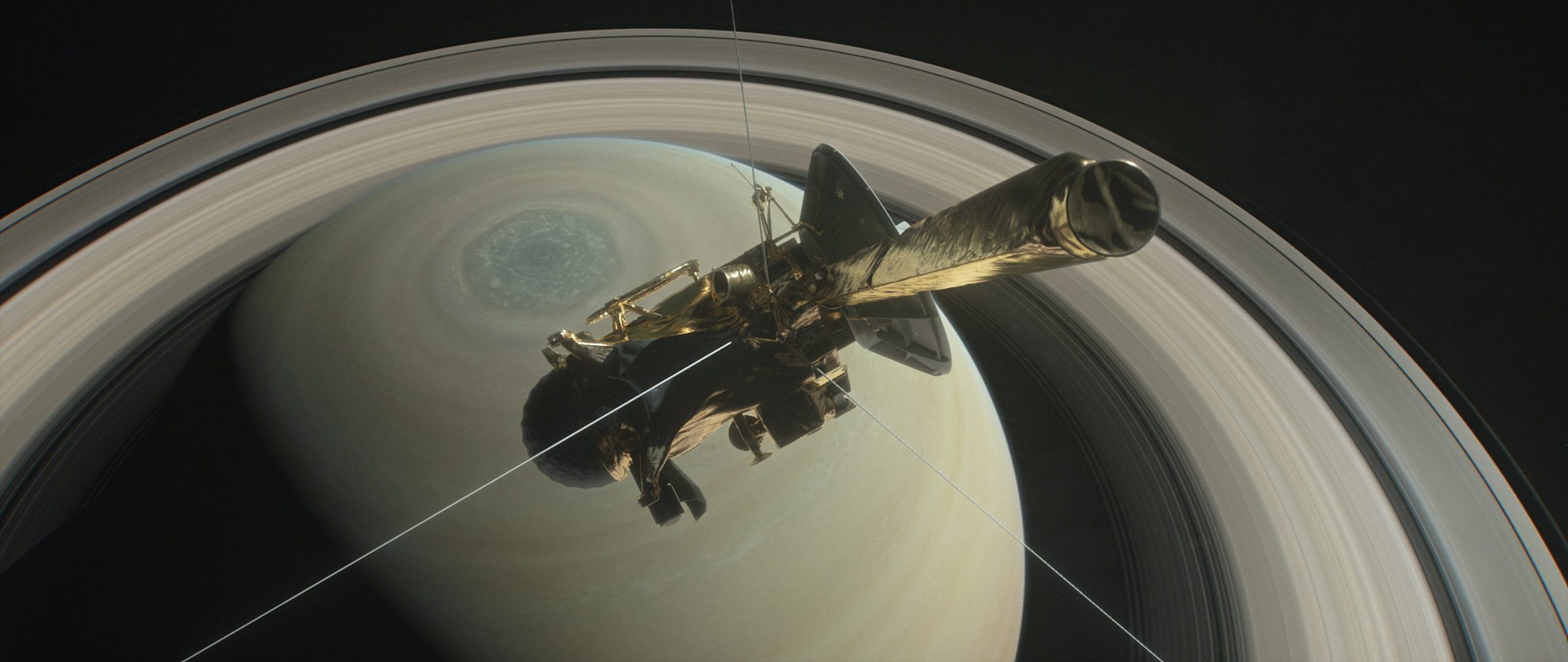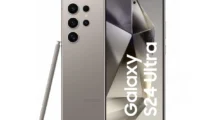NASA Cassini spacecraft successfully survived the first-time trip to Saturn and its rings. The spacecraft is now back into contact with the Earth after 13 years of the most daring mission in the orbit. The flight controller came into contact with Cassini recently after becoming the first aircraft to cross the dangerous zone.
The spacecraft is now in the process of updating the world with exciting facts for science and engineering via the NASA’s Deep Space Network. While the mission managers were optimistic that Cassini will successful journey through the constricted space of Saturn’s clouds, it was one of the most dangerous and delicate journeys to be undertaken as the zone has never been surveyed before.
According to Cassini Project Manager of NASA’s Jet Propulsion Laboratory, Earl Maize, there is no space that has ever come close to Saturn planet before. The Crew team relied only on the guesswork and forecasts basing on their previous experiences with other rings on Saturn. They managed to accomplish the mission just as they had calculated and predicted.
The Cassini spacecraft zoomed through this risky area at a speed of 77,000 mph comparative to the planet. The small elements could hit the sensitive areas on the spacecraft dismantling it. But it emerged out successfully. The spacecraft used its high-gain antenna to protect itself from hitting the incoming ring elements. As a result, the spacecraft was completely out of network with the Earth during that period.

Cassini first entered Saturn in 2004. In April this year, Cassini began its final mission in what the planners are referring to as the ‘Grand Finale’. The spacecraft roams Saturn at least once per week. Hence they have covered the entire 22 trips cutting through Saturn’s rings and the planet.
The data recorded from these first trips will assist the engineers to comprehend and come up with improved protective measures for its future Cassini’s missions. Given the significance of the data from the spacecraft crossings, they are usually sent twice to the Earth to ensure that no detail is lost.





